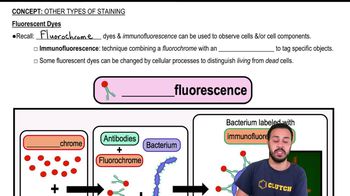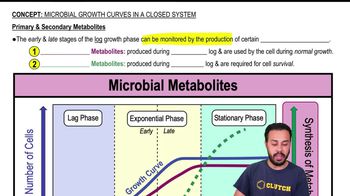Textbook Question
Suppose you want multiple copies of a gene you have synthesized. How would you obtain the necessary copies by cloning? By PCR?
102
views
 Verified step by step guidance
Verified step by step guidance



Suppose you want multiple copies of a gene you have synthesized. How would you obtain the necessary copies by cloning? By PCR?
Match the following choices to the statements in questions 7 through 10.
a. antisense
b. clone
c. library
d. Southern blot
e. vector
Pieces of human DNA stored in yeast cells.
List at least two examples of the use of rDNA in medicine and in agriculture.
Match the following choices to the statements in questions 7 through 10.
a. antisense
b. clone
c. library
d. Southern blot
e. vector
A population of cells carrying a desired plasmid.